Advanced sediment transport and morphology in rivers
Model complex river dynamics through the advanced simulation of long-term flow, helical flow, sediment transport, alluvial resistance, scour and deposition as well as bank erosion and planform changes.
Why MIKE 21C?
Perform complex studies of river dynamics over different time scales
The modular MIKE 21 Curvilinear Flow Model (MIKE 21C) is ideal for river morphology studies as it supports both standalone hydrodynamics or combined hydrodynamic and sediment transport simulations. This enables users to accurately describe flow dynamics, helical flow (secondary currents), sediment transport, alluvial resistance, scour and deposition, as well as bank erosion and planform changes – with one platform! You can also run these modules in tandem by incorporating feedback from variations in alluvial resistance, bed topography and bank line geometry to the hydrodynamics.
Hindcast of Jamuna River morphology during the first monsoon following the construction of the Jamuna Bridge cross dam
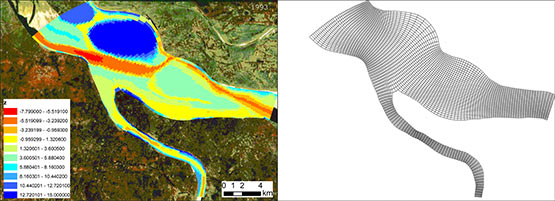
Grid and bathymetry for the Gorai River (Bangladesh), which is an offtake from the Ganges River
Technical note: The grid generator uses anisotropic conformal mapping with a single structure grid allowing fast simulations.
Accurately describe bank lines using the specialised MIKE 21C Grid Generator interface
Create detailed representation of rivers and channels with the user-friendly MIKE 21C Grid Generator. This built-in tool allows you to resolve areas of special interest using a higher density of grid lines. Create and modify Grids that contain important model bathymetry, bed resistance data and more with MIKE 21C’s map-based interface.
Model mixed sediments ranging from silt and clay to sand and gravel
-
- The sediment size spectrum cannot be represented by a single size class (fraction)
- A single size class can have different properties, e.g. contamination or densities
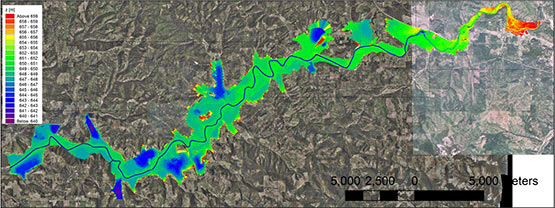
Graded sediment in the Coeur D’Alene River (Idaho). Sizes range from clay to medium sand (four cohesive and three non-cohesive fractions) each divided into clean and lead contaminated, i.e. 14 sediment fractions. The model is fully dynamic and runs several years in days.
MIKE 21C provides answers for these professionals
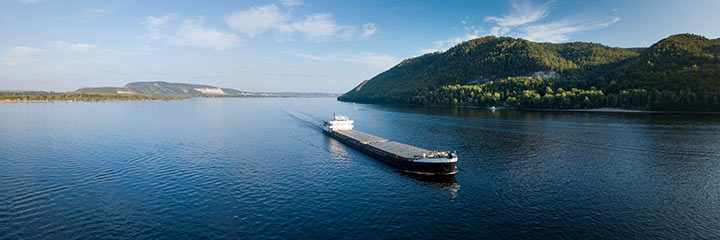
River Navigation
Design optimum alignment of navigation channels to minimise capital and maintenance dredging. Predict sedimentation near water intakes, offtakes, bifurcations, confluences and harbour entrances. Evaluate measures to reduce or manage shoaling.
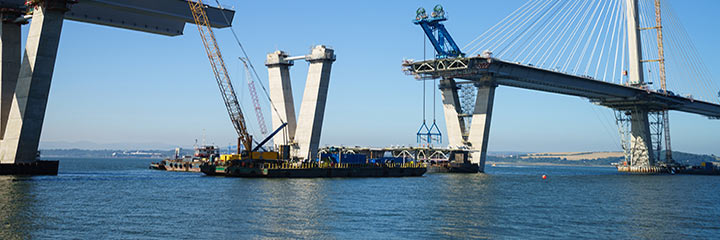
River Engineering
Forecast the impact of bridge, tunnel and pipeline crossings on river channel hydraulics and morphology. Prepare design criteria for river training works in terms of flow velocities, flow depths, scour depths, bank line retreat rates and shoaling.
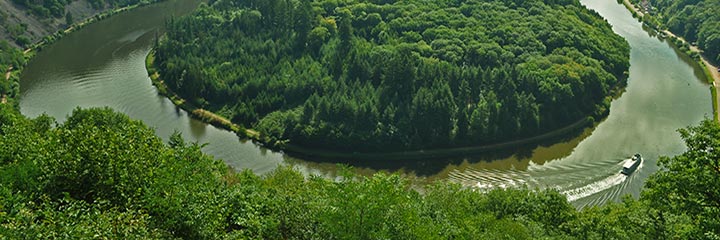
Forecast of Morphological Changes
Improve the planning and execution of river training works in highly mobile braided rivers by predicting morphological changes over a 2-3 years period.
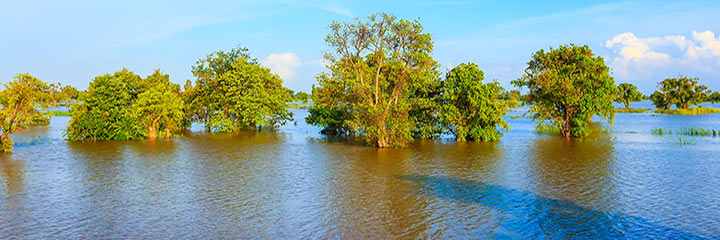
Flood Risk Management
Assess the resilience to short-term erosion and deposition within an entire floodplain system and the induced planform changes such as land erosion. Also study the increased flood risk due to river crossings (e.g. bridges) and design protection schemes against bank erosion.
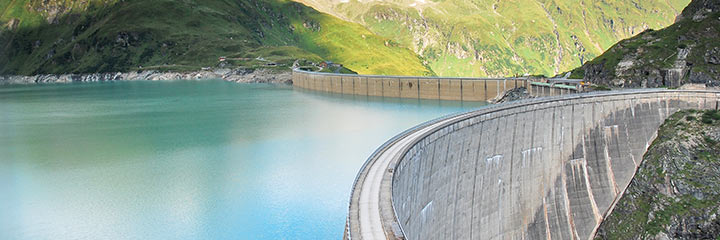
Hydropower
Analyse and mitigate reservoir sedimentation. Design monitoring networks based on morphological forecasting.
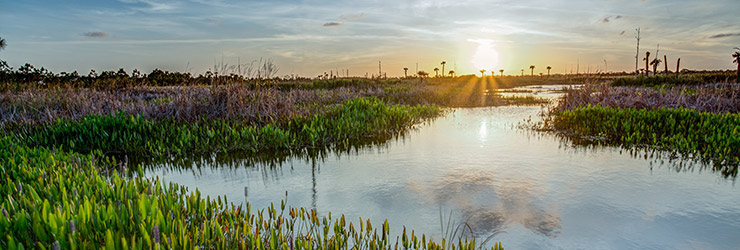
Wetland Management & Restoration
Optimise restoration plans for habitat environment in channel floodplain systems.
No in-house modellers?
See how MIKE 21C supported the planning of these major initiatives
- Jan-Olov Moberg, Flood Coordinator, City of Karlstad, Sweden:
Additional capabilities & unique features
Save time and improve your modelling workflows using MIKE Zero’s upgraded editors and viewers. Take advantage of new keyboard shortcuts and themes, improved tabbing, tear off and cascade functionality plus easier access to User Guides and Scientific Documentation.
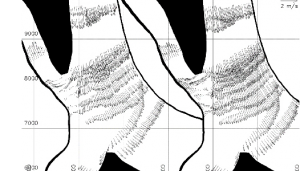
A complex pre-flood survey of the Mekong River (Cambodia) reveals the flow will go to the lake on the rising limb and empty to the falling limb. Observed flow fields to the left and simulated to the right.
With the MIKE 21C Hydrodynamic (HD) module, you can calculate flow fields in response to a variety of forcing functions, such as prescribed water levels or flows at open model boundaries
- Compute water levels and flow velocities on a curvilinear or rectangular grid covering the study area by solving the St. Venant equations
- Perform long-term simulations with the highly efficient model solver
- Model hydraulic structures with your choice of dynamic or quasi-steady solutions

Point bar with vegetation on the Danube River in Serbia.
With MIKE 21C’s specialised Helical Flow module, you can accurately describe the time and space lag in the development of the helical flow to analyse bend scour, confluence scour and char build-up and migration. Helical flow develops in channel bends due to curved streamlines. While it generally does not have a strong influence on general flow patterns in rivers with large width/depth ratios, it can have a significant influence on sediment transport direction and hence morphological changes (e.g. sand bars).
With MIKE 21C’s comprehensive Sediment Transport (ST) module designed for sediment transport and river morphology dynamics, you can model:
-
-
- Helical flow, bank erosion, bed scour
- Sediment transport for sand and gravel
- Bed load with secondary flow effects
- Suspended load with non-uniform concentration profile variation
- Multiple sediment fractions using cohesive and non-cohesive sediment models
- Individual sediment fractions for highly customisable parameterisation
-
Single fraction sediment models suffice in cases where the standard deviation of the particle size distribution is sufficiently low. The classic case being a low land river with well mixed sand, and it involves using e.g. the median grain size.
Graded sediment models are required for situations where the sediment cannot be described with one single size class. For such models, a number of discrete sizes are defined, which represent the known grain sizes involved in the considered problem. MIKE 21C supports up to 32 sediment fractions and up to 16 bed layers.
Graded sediment models are far more complex than single fraction models, requiring:
-
-
- Sediment budget for each size class, e.g. distribute total sediment inflows to the fractions
- Local distribution of size classes in the bed, can include vertical distribution in the bed
- Sediment transport models can be defined individually for each size class
-
With MIKE 21C, you can accurately calculate scour and deposition including the effect of supply-limited sediment layers. Simulate the downstream migration of fine material on a coarse riverbed or represent non-erodible (protected) riverbed areas in the modelling domain.

Simulation of a braided river starting from plane longitudinally sloping bed (Jamuna River, Bangladesh).
The Planform module of MIKE 21C allows you to accurately represent lateral processes in morphological models. Calculate bank erosion for inclusion in the riverbed sediment budget or update the curvilinear grid to account for movement in the bank line. You can also reproduce the chaotic behaviour of a multi-channel river such as a braided river.
With MIKE 21C, each sediment fraction can have its own sediment transport modes and specified formulas. Cohesive sediment fractions are handled as suspended load with traditional erosion and deposition functions, while non-cohesive sediment fractions can have bed-load and suspended load set individually. Several non-cohesive sediment transport formulas are also available including: Engelund-Hansen, van Rijn, Engelund-Fredsøe, Meyer-Peter & Müller, Smart-Jaeggi, Yang, Wilcock & Crowe, Garcia & Parker, Parker, Ackers & White and Lane-Kalinske.
Bed-load is always considered in equilibrium and includes the effect of helical flow and bed slope.
All suspended sediment transport, including cohesive and non-cohesive sediment fractions, are also uniquely handled with Advection-Dispersion (AD) equations. These are specific for each fraction due to the individual convective fluxes associated with helical flow and non-uniform concentration profiles, as well as specific dispersion coefficients. The AD equations are solved using an implicit scheme.
With MIKE 21C’s Quasi-Steady approach, you can conduct morphological simulations with time-varying boundary conditions covering several years or even decades. Benefit from a significant increase in computational speed where the hydrodynamics are considered quasi-steady, for example where flow fields only change due to morphological changes and/or due to slow changes in boundary conditions.
Defining a boundary conforming curvilinear grid allows highly efficient use of the grid points to describe the channel, because the grid lines follow the bank lines, a 2D river model can easily cover a 150 km stretch.
Ease the task of data input, analysis and presentation of simulation results via an integrated work environment available through the standard MIKE 21 Pre- and Postprocessor tools embedded in MIKE 21C.
With the Curvilinear Discharge Calculation Tool, you can calculate the discharge of water or sediment through the model area at selected cross-sections.
With the built-in Result Viewer, you can display a number of result files of different format and from different modelling systems in the same plot provided all result files are geo-referenced according to the same coordinate system.
For morphological simulations, the use of animations to visualise results is highly important. MIKE 21C allows you to animate results on the screen using online control buttons for play, pause, play 1 step, rewind, go to end and more. In addition, video files can also be created.
MIKE 21C inputs and outputs are readily accessible by your own code in e.g. Matlab, Python, and C# using MIKE SDK. This capability allows for custom tool development to support the unique needs of your projects.
MIKE SDK offers methods for reading and writing the binary result files from MIKE 21C, especially the dfs2 files which are often used when post-processing results. Code that reads the result dfs2 files and grids are easily written based on the examples under the SDK installation. Post-processing typically involves integration over areas or time, and calculation of derived results.
You can now access MIKE 21C on Azure Marketplace, where you can start modelling in the cloud with no hardware limitation in four simple steps. Learn more
Let's get started
Learn how your project can benefit from this long-term sediment transport and river morphology modelling software.
Complete this form and we will be in touch soon.




